
views
X
Research source
Division and transplanting allows the clump to rejuvenate and also provides a way to multiply your iris. It isn't difficult to do, but it is important to do it at the right time of year to ensure that the iris benefits most from the division.
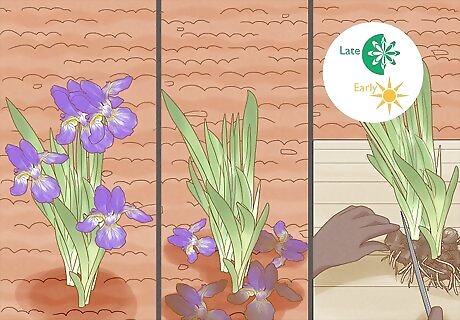
Choose the right time of year to divide. The best time for division of bearded irises is post flowering, at which point re-establishment of each plant will occur quickly. This can be around late spring and early summer, up to early August in the northern hemisphere. Avoid dividing during dormant periods (wintertime) because the plant is trying to survive on the energy stored in its rhizome.
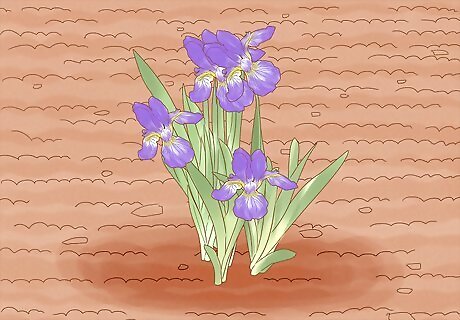
Know your iris. Given that division can differ slightly between irises, it is important to know which irises you are seeking to divide. This article applies to the bearded iris, the best known of the irises. If tried on other irises, be aware that there may be delays in flowering as a result. For example, beardless irises have rhizomes (roots) that grow on the same point each season and they do not take well to being moved. If you do move beardless irises, they will probably not flower the season after the move.
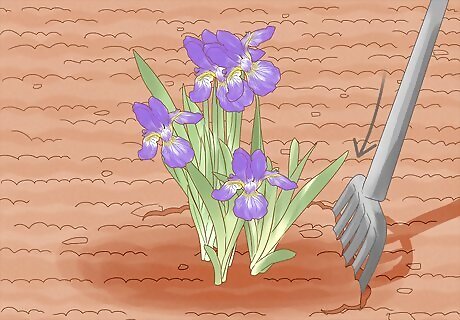
Dig up the iris clump or part of the clump at a time. Use a spade or a fork. Note that the clumps can be heavy, so it's a good idea to have a helper on hand. Shake or hose off any excess soil from the roots.
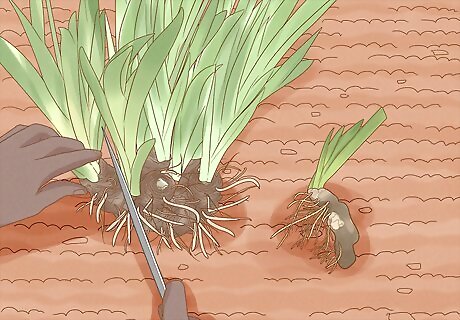
Break off and separate the larger fans. The rhizome should easily break off at a joint. Choose firm rhizomes that have both roots and a leaf fan. Discard (and do not compost) rhizomes that seem squishy or limp, as they may be rotten or diseased. This is a good time to remove spent foliage and larger, older leaves that may cause your plant to tip over before it establishes new roots. Do leave most of the foliage. You can break off the rhizomes by hand, or use a sharp knife to make the cut cleaner.
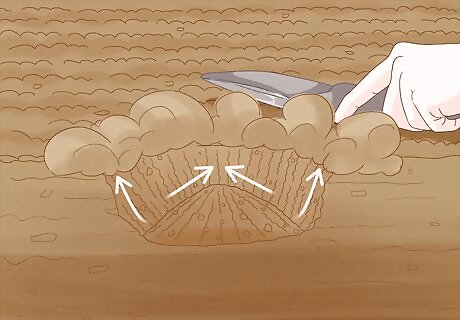
Dig an area where the irises are to be replanted. Form a mound in the center and sit the rhizome on top of this. Spread the roots out in the hole.
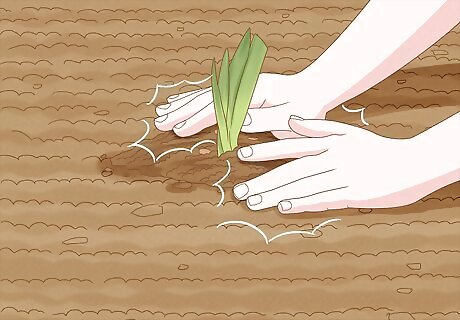
Pour the soil in around the root and pack. The soil should go up to the top of the rhizome. It is fine if the rhizome is partially exposed. Bearded irises appreciate a limed soil, so provide this if necessary.

Space rhizomes 4-6 inches (10-15 cm) apart and make sure the fans point in the same direction. Some sources suggest spacing of one foot (30cm) or even two feet (60cm), especially for tall bearded iris. When you choose your spacing, decide how dense you'd like your bed to be, and how soon you would like to divide your irises again.
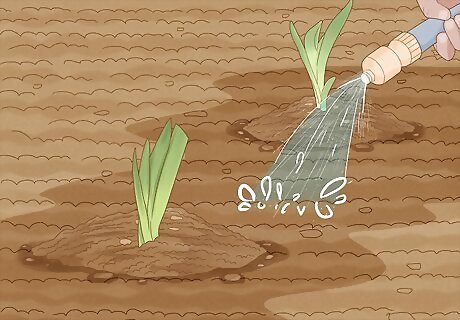
Water deeply after planting. Water well every week until fall to establish the patch. Infrequent, deep water is better than more frequent, shallow water. Irises are reasonably drought resistant, but too much water can encourage rot.











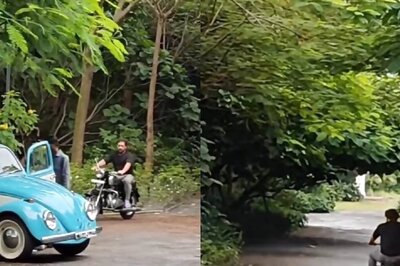








Comments
0 comment